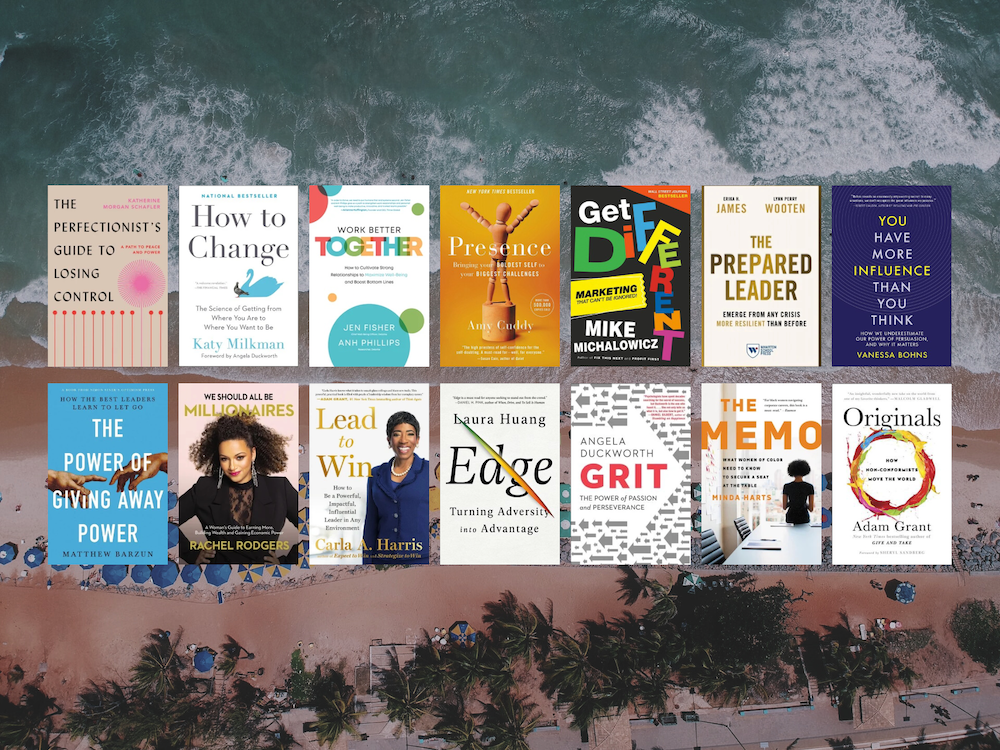The top three brain exercises to cultivate creativity

The most successful people in the world all have one thing in common: daily rituals they depend on to help them succeed.
But sometimes, the hardest thing to do is to take time out of ever-demanding schedules to reflect and reassess goals and values.
A HEC Paris MBA, Annika Friesen rediscovered herself through her MBA experience and is working to help others rediscover their passions, too. She realized that working with people and making sure they feel valued in their roles is what she loves, which led her into a recruiting career for HEC in Doha, Qatar where she now works as an EMBA Development Manager. Earlier this year, she hosted a workshop on cultivating a career path that is aligned with personal values. Catch it here.
Watch Career Coaching with Annika Friesen here.
Learn more about Friesen’s personal journey, the transformative concept of ikigai, and her steps to achieve greater career fulfillment here.
Friesen is a big advocate of promoting brain exercises that can help inspire professionals to stay focused, on-task, and moving toward achieving life-changing goals.
Looking to make moves or resuscitate a current role? Below, MBAchic is breaking down Friesen’s favorite exercises to help stimulate career creativity and unlock flow.
The best part? All that’s required is a pen, a piece of paper, and an open mind.
Value Banking
Career dissatisfaction can often be traced back to working for an organization that isn’t aligned with individual values. According to an interview with Glassdoor’s President and COO, Christian Sutherland-Wong, “Job seekers want to be paid fairly but they too want to work for a company whose values align with their own and whose mission they can fully get behind.”
Friesen suggests putting pen to paper and creating a values bank to visually map out what a current career is providing or lacking.
“Look at your role, what do you like about it? What do you not like about it?” asks Friesen. “Be intentional and write down the things you like and don’t like. Realistically the positive things are things you want to bank and include into your next role.”
By identifying important values, we create space for new opportunities to be explored. As a public accountant, Friesen recalls having no control over her schedule, which often prevented her from making plans with family or friends. The lack of control built into resentment. Now, she recognizes that time management is meaningful to her. So regardless of whether it’s time management, autonomy, creativity, or collaboration, the items on the top of a value list need to align with a professional opportunity to create a good fit and avoid burnout.

Life-mapping
“The whole concept of this is a brain dump. Take a sheet of paper and at the center of it write things I like and date it. From there think of broad themes,” suggests Friesen.
This exercise is all-encompassing and should visually represent all areas of your personal and professional life. The goal is to improve personal awareness of career options, career planning, and increase feelings of personal empowerment.
Once the process begins, common themes will pop up and begin to repeat. Any topic is relevant to help narrow down interests. Travel, education, collaboration. The idea is to stimulate ideas and then repeat the exercise quarterly or annually and reflect on what important themes keep popping up. What passions are being tapped into on a professional level and what ones are being stifled?
One person may value autonomy, while another values personal recognition for accomplishments. As different professional paths present themselves, one opportunity will stand out among the rest as being the best fit to focus energy on.
Skills Gap analysis
Once a dream job is identified, Friesen says it’s time to highlight every skill in the job description that an applicant already possesses. Everything that isn’t highlighted gets circled, and those circled items are the gaps that need to be filled to become the strongest, most eligible candidate for the job.
The Association for Talent Development suggests that taking time to reflect on a personal skills gap enables people to create actionable steps to bring performance in line with potential. The key to accurately measuring performance and identifying skill gaps is to think about the fundamental what and why questions, surrounding individual hard and soft skills.
“If there are certain project based experiences a job is asking for, this is your opportunity to go to your boss and say hey I am ready to level up, I would like to have experience leading people, or managing budgets,” says Friesen. “It can start small, but it still gives you the experience to speak to when you are going for this new job.”

Photo by Milad Fakurian







